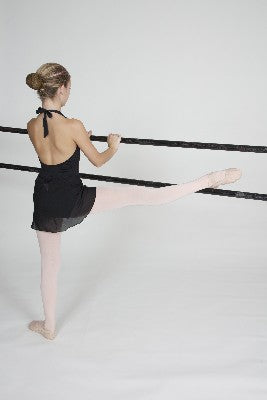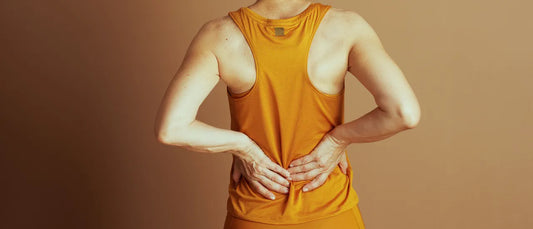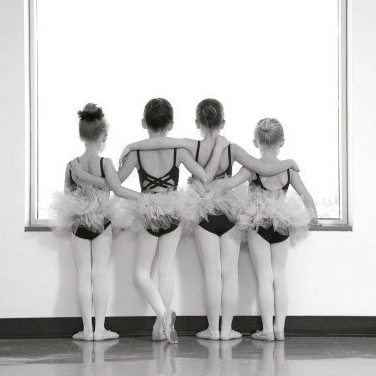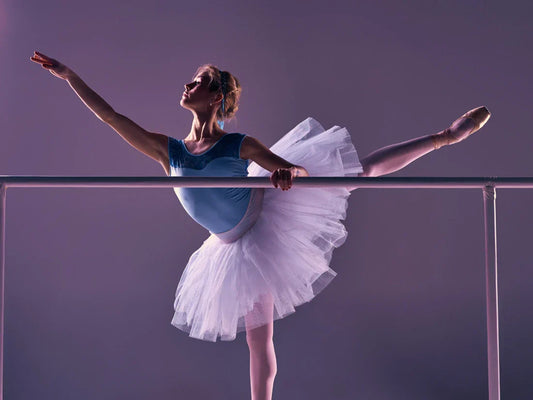Dance instructors who teach the very youngest of dancers understand the difficulty of moving from center-oriented, follow-along basics to technique exercises at the barre. Portable barres can help the clever instructor bridge the gap from pre-ballet class to a standard technique format seamlessly.
Whether your studio uses wall-mounted barres, free-standing barres or a combination of both, the following tricks can revolutionize your young dancer's classroom experience and keep class moving smoothly.
Facing the barre
Early barre work for dancers 4 to 6 years old usually begins facing the barre itself using both hands for support. Dancers benefit from the stability of two-handed support but miss the ease of following an instructor without craning the neck or drifting off altogether. For many young students it's simply too distracting.
Strong portable barres offer an advantage The instructor simply moves several portable barres to the center, aligning them end to end. Dancers take the barre on one side and the instructor places herself on the other side in front of them, just as she would with regular follow-along exercises. The dance teacher is now positioned so that students have both teacher and barre squarely in front of them and can follow along by looking straight ahead at the teacher. If a wall-mounted barre is available, position everything so that the teacher is working face to face with the wall-mounted barre. In this way, students see the instructor performing the exact same movement as they are being asked to copy.
The following exercises facing the barre are excellent for early-childhood students approaching barre work for the first time.
- Pliés in first and second positions
- Plié-relevés in first position
- Balancing in first position
- Jumps in first and second positions
- Coupé and passé
- Tendu arabesque
- Chassé arabesque
- Bourée side to side
- Beginning barre stretches: cambré back and side, calf stretches, flat back stretches
Tips for transitioning your students to the barre
-
Pre-select a well-crafted playlist so that you can press "play" and let it run without the distraction of stopping and starting your music. Duplicate tracks will allow you to demonstrate the activity, invite students to try it, and, if needed, ask a question or two before attempting the exercise altogether.
-
Remind little ones of your expectations each time you take the barre as a group: "The barre is our friend: no hanging or pulling; no climbing under or over. Like any friend, we treat the barre as we would like to be treated."
-
Be clear in your demonstration: "Watch me first," lets young learners know you're about to show them something new. They can try it on their own after you show how them how.
- Use barre work as a reward for good attention and effort in the earlier part of each class. Even the youngest dancers can understand that being at the barre is for dancers who have worked hard and are ready to move onward.
Strength and stability matter
In addition to maximizing studio space, Boss Barres pairs both the design and stability of construction with the portability that a studio with young dancers needs. Their material and method of construction have earned Boss Barres a reputation for strength and stability in dance studios and fitness centers as well as the home studio. And, while mature students may understand their relationship to the barre as a balancing "partner" rather than playground equipment, the youngest dancers haven't made that connection yet. Boss Barres makes it possible for them to begin barre work safely and offers their teachers the flexibility required for moving even the youngest hearts and bodies in a studio setting. Contact us to select the right portable barres made to exacting specifications for your studio.





